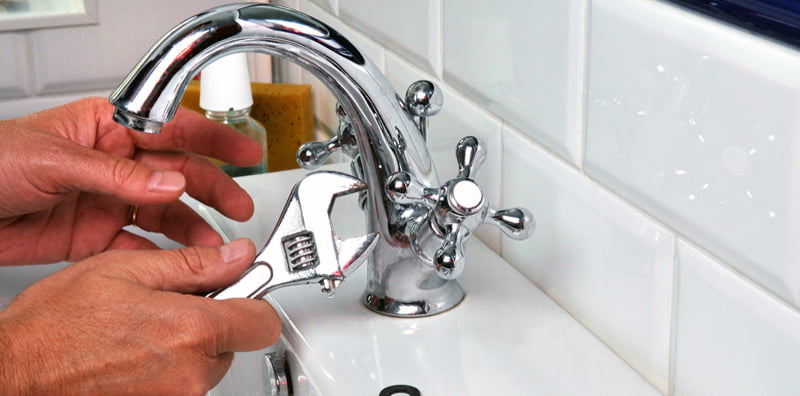The commercial HVAC industry is constantly evolving to meet the ever-changing needs of businesses, organizations, and institutions. As technology advances, innovations are being developed that can help improve energy efficiency while providing more comfortable working and living conditions.
From the introduction of high-efficiency air conditioners to new ventilation systems, HVAC companies are introducing a range of products and services designed to make life more comfortable and energy efficient. In this article, we will explore some of the upcoming commercial HVAC innovations geared toward improving your business or institution.
What exciting advancements await the commercial HVAC industry in the near future?
When you’re an entrepreneur, time is your most valuable asset – so researching which commercial HVAC innovations are likely to stick and those that won’t take off can be time-consuming. To keep you informed about the latest HVAC advancements, we’ve compiled a comprehensive list of commercial innovations that deserve your attention.
1. Data & connectivity for better control
Data-driven solutions are transforming how commercial HVAC systems are managed. By synchronizing all devices and applications through Wi-Fi, you can conveniently access everything remotely on smartphones, tablets, or computers.
In addition, by connecting HVAC systems to a cloud-based platform, businesses can access data-driven insights to efficiently manage their environment. This helps them identify areas where energy consumption can be improved, as well as potential maintenance and repair needs. This technology also allows users to adjust settings remotely, so they can be confident that their HVAC systems are running efficiently and effectively, regardless of the time or location.
2. Green commercial HVAC systems
Traditional HVAC systems can draw a lot of energy, especially when running continuously during the summer. Fortunately, green commercial HVAC systems are becoming popular as they significantly reduce energy usage and emissions. Many of these systems are powered by renewable sources such as solar, wind or geothermal energy. This helps businesses and organizations reduce their electricity bills while also reducing their carbon footprint. In addition, green technologies such as adaptive dampers, occupancy sensors, and programmable thermostats can help further reduce energy consumption.

3. Software automation for enhanced functionality
Software automation is quickly becoming the norm in the commercial HVAC industry. Different types of software are being used to make it easier for technicians to diagnose and repair problems quickly and efficiently. This can save businesses valuable time and money to ensure their HVAC systems are running optimally.
In addition, software automation can also be used to control and monitor all aspects of the HVAC system remotely, including ventilation, temperature control, and energy efficiency. This can help businesses reduce expenditure by tracking the system to ensure optimal performance and reduce energy wastage.
4. Smart interconnected HVAC systems
In today’s world, connectivity is essential for efficiency, and the commercial HVAC industry is not immune to this trend. Interconnected systems are now being introduced in the market, which can be monitored from anywhere at any time. HVAC experts at Gustave A. Larson point out that integrating various components, such as air handlers, boilers, and pumps, with the help of cloud-based software solutions provides greater control over the system.
The entire system can be monitored remotely so that any potential issues can be quickly identified and the necessary changes made. One example of creating more innovative solutions is by implementing occupancy sensors that accurately decipher the appropriate humidity and temperature for any given space.
5. Ductless commercial solutions
One of the most innovative developments in commercial HVAC systems are ductless solutions. These systems involve individual air handlers that connect directly to an outdoor unit, eliminating the need for ductwork in most cases. This drastically reduces costs and installation times, freeing up space in the customer’s building.
Conclusion
We’ve outlined a few of the most promising upcoming innovations in commercial HVAC systems, but there are many more. As technology advances and new solutions are introduced, the industry will continue to become more efficient, comfortable, and energy-saving. Keep your eye on these new developments and take advantage of them to ensure your customers are getting the best possible service from their HVAC systems.





